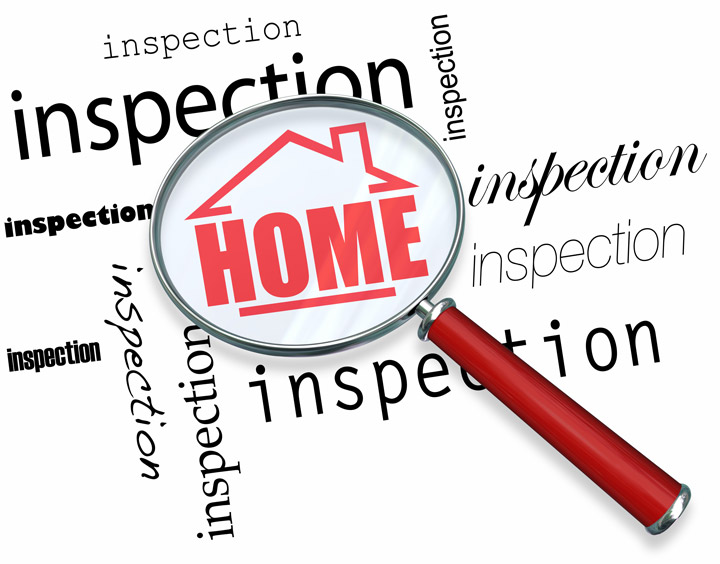
Comprehending AppraisalsTheir home's purchase is the biggest transaction many of us will ever make. Whether it's where you raise your family, a second vacation home or one of many rentals, the purchase of real property is a complex transaction that requires multiple people working in concert to see it through. Most of the people involved are quite familiar. The most recognizable person in the transaction is the real estate agent. Next, the bank provides the financial capital required to fund the deal. And the title company sees to it that all aspects of the sale are completed and that a clear title passes to the buyer from the seller. So, what party makes sure the value of the real estate is consistent with the amount being paid? In comes the appraiser. We provide an unbiased opinion of what a buyer might expect to pay — or a seller receive — for a parcel of real estate, where both buyer and seller are informed parties. A licensed, certified, professional appraiser from Thomas G. Hofer will ensure, you as an interested party, are informed. The inspection is where an appraisal startsTo determine the true status of the property, it's our duty to first conduct a thorough inspection. We must see features hands on, such as the number of bedrooms and bathrooms, the location, and so on, to ensure they truly are there and are in the shape a typical person would expect them to be. To ensure the stated size of the property has not been misrepresented and document the layout of the house, the inspection often requires creating a sketch of the floorplan. Most importantly, the appraiser identifies any obvious features - or defects - that would have an impact on the value of the property. After the inspection, an appraiser uses two or three approaches to determining the value of real property: a paired sales analysis, a replacement cost calculation, and an income approach when rental properties are prevalent. 
Replacement CostThis is where the appraiser uses information on local building costs, the cost of labor and other elements to ascertain how much it would cost to replace the property being appraised. This estimate often sets the maximum on what a property would sell for. It's also the least used method. 
Analyzing Comparable SalesAppraisers become very familiar with the neighborhoods in which they work. They thoroughly understand the value of particular features to the residents of that area. Then, the appraiser looks up recent sales in the area and finds properties which are 'comparable' to the property at hand. Using knowledge of the value of certain items such as upgraded appliances, extra bathrooms, additional living area, quality of construction, lot size, we adjust the comparable properties so that they are more accurately in line with the features of subject.
A true estimate of what the subject could sell for can only be determined once all differences between the comps and the subject have been evaluated. At Thomas G. Hofer, we are an authority in knowing the worth of particular items in Saint Louis and Saint Louis County neighborhoods. This approach to value is usually awarded the most importance when an appraisal is for a real estate purchase. Valuation Using the Income ApproachIn the case of income producing properties - rental houses for example - the appraiser may use an additional approach to value. In this case, the amount of revenue the real estate produces is taken into consideration along with other rents in the area for comparable properties to derive the current value. Coming Up With The Final ValueCombining information from all applicable approaches, the appraiser is then ready to stipulate an estimated market value for the subject property. It is important to note that while the appraised value is probably the most accurate indication of what a property is worth, it may not be the price at which the property closes. Depending on the individual circumstances of the buyer or seller, their level of urgency or a buyer's desire for that exact property, the closing price of a home can always be driven up or down.But the appraised value is often used as a guideline for lenders who don't want to loan a buyer more money than they could get back in case they had to sell the property again. The bottom line is, an appraiser from Thomas G. Hofer will guarantee you discover the most fair and balanced property value, so you can make wise real estate decisions. |